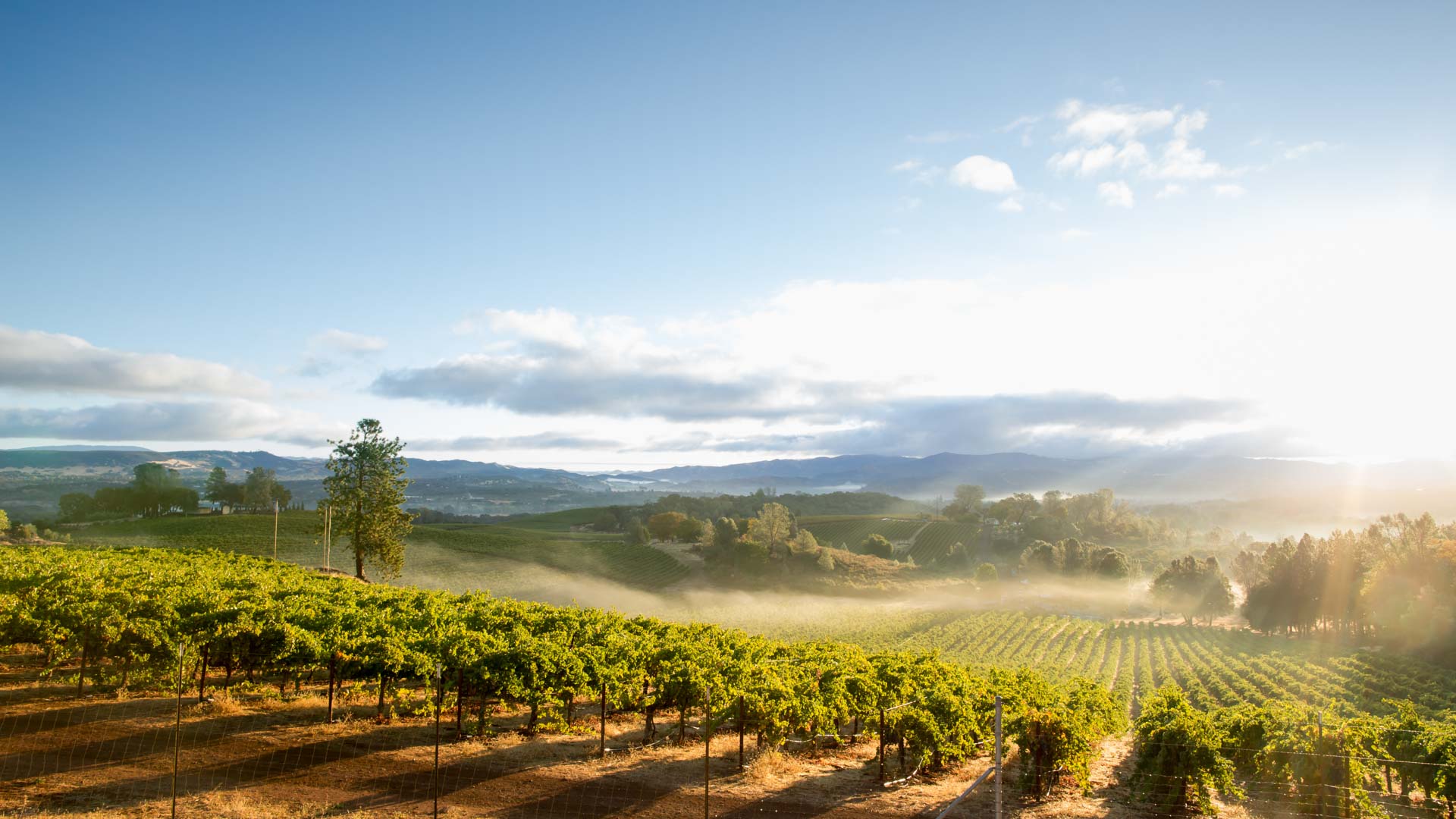The city of Nashville plays a prominent role in Ken Burns’ new documentary series, Country Music—no surprise there. But California also plays a strikingly large role in the eight-part narrative of this very American music form.
The Golden State provided inspiration, and a platform, for a wide range of musicians, singers, and songwriters. Some grew up in the Golden State as part of the Dust Bowl migration while others found their fame by way of Hollywood. Here are a few places where you can glimpse the California history evoked in the series, and enjoy more music being made today.
Johnny Cash, Folsom and Sacramento
Even though the Man in Black was born in Arkansas, Cash lived in California—Encino and Casitas Springs, to be more specific—during his early superstardom. And one of the major milestones in his career happened in northern California—the At Folsom Prison concert and album, recorded at the namesake Sacramento County prison. To experience that location—from the outside, as it were—walk the 2.75-mile Johnny Cash Trail that cuts through the town’s historic district and along the American River with views of Folsom Dam, Folsom Lake, and Robbers’ Ravine Bridge. In downtown Sacramento, check out the Johnny Cash mural that was created as part of the 2018 Wide Open Walls festival.
Maddox Brothers and Rose, Oakland
This rockabilly-style family act found fame in the 1930s while singing in local joints in the Central Valley’s Modesto, but the family had first settled in Oakland during the Depression, after arriving by boxcar from Alabama. Their first home was in an area called Pipe City, an expanse of unused sewer pipes that became makeshift houses during the era; you can learn about them at the Oakland Museum of California.
Merle Haggard, Bakersfield
Another historic event associated with Cash’s At Folsom Prison concert is that it inspired one inmate to stay on the straight and narrow and make his own music career. Before his time at Folsom, Merle Haggard had grown up in Bakersfield, the son of Oklahomans fleeing the Dust Bowl. Go to the Central Valley town’s Kern County Museum to glimpse Haggard’s early days: The outdoor museum’s 56 historic buildings include the boxcar that Haggard’s father bought in 1935 and renovated into a house. You can also see an 1860 general store and a one-room schoolhouse.
Buck Owens’ Crystal Palace, Bakersfield
The Texas-born musician was a pioneer of the Bakersfield Sound, a rock-influenced version of country music that became popular in the 1960s and offered a sharp contrast to the hits coming out of Nashville at the time. In1996 Owens opened the Crystal Palace, a 550-seat music hall, bar, restaurant, and museum. Though Owens died in 2006 (hours after performing a show at the Palace), the venue still prides itself on hosting authentic music acts.
Nudie Suits, L.A. County
The concept of the Rhinestone Cowboy owes a lot to Nudie Cohn, the Kiev-born immigrant who set up shop in Hollywood with Nudie’s Rodeo Tailors, making blingy cowboy suits for stars such as Roy Rogers, Elvis Presley, Gram Parsons, and Dwight Yoakam. While the Hollywood store closed in 1994 (Cohn died in 1984), you can see some of his work on display at the Valley Relics Museum at the Van Nuys Airport. The hangar-housed museum is also a treasure trove of neon signs and classic cars.
Gene Autry, Los Angeles
Check out the story of the Singing Cowboy at the Autry Museum of the American West in Griffith Park. The museum also features plenty of Western movie memorabilia—reflecting many of the Hollywood movies filmed up the road in the Alabama Hills area—along with a lot of excellent contemporary western art.
Gram Parsons, Joshua Tree Inn and Joshua Tree National Park
In the early 1970s, Gram Parsons—formerly of the Byrds—personified an intersection between country and the beginnings of indie rock. He also gave newcomer Emmylou Harris her start. His early death at age 26 in California also shaped his legend—he suffered an overdose at the Joshua Tree Inn followed by an impromptu funeral of sorts inside Joshua Tree National Park. Today the little hotel on Twentynine Palms Highway embraces its place in music history, having created something of a shrine to Parsons in Room 8, where he died. (Fans can, and do, stay overnight in that room.)
In the national park, fans have observed Cap Rock as the approximate location of Parson’s funeral. You may see some graffiti (“Safe at Home”) and trinkets there, but to pay your respects, park officials urge visitors to leave no trace.
The Troubador, West Hollywood
This Santa Monica Boulevard venue opened in the late 1950s as a haven for folk singers, but oversaw some pivotal moments in country and country-rock music history in the 1970s. Linda Ronstadt, Waylon Jennings, Kris Kristofferson, and the Eagles all played here in their early days (Don Henley and Glenn Frey even met here). Today you can still hear singer-songwriters hone their craft at the storied West Hollywood club.
Want to chart your own Golden State musical voyage? Check out the Music to Wine on the 99 episode of the California Now Podcast, which includes a fun conversation at Buck Owens’ Crystal Palace.
